Coast-to-coast cultural opportunities to enjoy in August and through to November.
San Francisco, California
Adela Akers: Traced Memories, Artist-in-Residence
Through August 31st
Wednesdays–Sundays, 1–5 pm, plus Friday nights until 8:45 pm
Artist Reception: Friday, August 29, 6–8:30 p.m.
Fine Arts Museum of San Francisco de Young/Legion of Honor
Golden Gate Park
50 Hagiwara Tea Garden Drive
San Francisco, California
https://deyoung.famsf.org/programs/artist-studio/august-artist-residence-adela-akers-traced-memories
Textile artist Adela Akers has moved her studio to the de Young for a month. Visitors to the new studio will learn how each choice in her art-making process contributes to the unique character and quality of her work. Throughout her residency, Akers will invite visitors to engage in hands-on activities that explore her creative process—from inspiration and research to preparation of the materials she has selected to convey her concept to creation and final presentation of the finished artworks. Akers’s work has been influenced and informed by pre-Columbian textiles and, most recently, paintings by women of the Mbuti people of the Ituri Forest in the Democratic Republic of the Congo. Journeying from one point to another has been a physical and transformative reality in her life, increasing her self-confidence and expanding her vision of the world. Akers feels fortunate to have made these geographical voyages and to have experienced country living’s broad horizons and quiet strength, the power of nature and the palpitating rhythm of cities.
Brockton, Massachusetts
Game Changers: Fiber Art Masters and Innovators
Through November 23rd
Fuller Craft Museum
455 Oak Street
Brockton, MA
http://fullercraft.org/press/game-changers-fiber-art-masters-and-innovators/
“Game changers” are artists, past and present, who continuously revisit traditional techniques and materials while developing revolutionary approaches in the realm of fiber art. Every work in the exhibition was chosen to showcase the individual practice of each invited artist. These creators epitomize the dynamism and fluidity of work in fiber. Artists featured in the exhibition include: Olga de Amaral, Dorothy Gill Barnes, Mary Bero, Nancy Moore Bess, Archie Brennan, John Cardin, Lia Cook, John Garrett, Jan Hopkins, Mary Lee Hu, Lissa Hunter, Diane Itter, Michael James, Naomi Kobayashi, Nancy Koenigsberg, Gyongy Laky, Chunghie Lee, Kari Lonning, Susan Martin Maffei, John McQueen, Norma Minkowitz, Michael F. Rohde, Ed Rossbach and Kay Sekimachi.
Midland, Michigan
Forming: The Synergy Between Basketry and Sculpture
Through September 7th
Alden B. Dow Museum
Midland Center for the Arts
1801 West Saint Andrews Road
Midland, Michigan
http://www.mcfta.org/ab-dow-museum-announces-summer-exhibitions-press-release/
The works by eight artists featured in Forming: The Synergy Between Basketry and Sculpture, including Jennifer Falck Linssen, were designed and executed as alternative approaches to sculptural form, in which the line dissolves between traditional basketry and contemporary sculpture. A selection of artists from across America inquisitively open our eyes to new alternatives in basketry and fiber-based sculptural form. The craftsmanship is superb, the creative and technical finesse is complex while the vision is beyond today yet with inspiration from long-revered fiber traditions.
Midland, Michigan
Modern Twist: Contemporary Japanese Bamboo Art
Through September 7th
Alden B. Dow Museum
Midlands Center for the Arts
1801 West Saint Andrews Road
Midland, Michigan
http://www.mcfta.org/ab-dow-museum-announces-summer-exhibitions-press-release/
Bamboo is a quintessential part of Japanese culture, shaping the country’s social, artistic, and spiritual landscape. Although bamboo is a prolific natural resource, it is a challenging artistic medium. There are fewer than 100 professional bamboo artists in Japan today. Mastering the art form requires decades of meticulous practice while learning how to harvest, split, and plait the bamboo. Modern Twist brings 38 exceptional works by 17 artists, including Jiro Yonezawa, to U.S. audiences, celebrating the artists who have helped to redefine a traditional craft as a modern genre, inventing unexpected new forms and pushing the medium to groundbreaking levels of conceptual, technical, and artistic ingenuity.
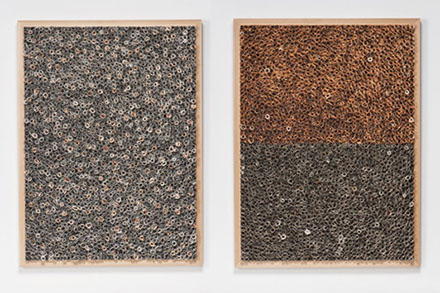
29ww EB mixed editions #12, Wendy Wahl, Encylodpedia Britanica pages, poplar frame, 24″ x 32″ x 1.5″, 2011
photo by Tom Grotta
Jamestown, Rhode Island
PAPER-MADE
Through August 30th
Wed. – Sat. 10am – 2pm
Jamestown Arts Center
18 Valley Street
Jamestown, Rhode Island
http://www.jamestownartcenter.org/exhibitions
Paper art is emerging as a global phenomenon. PAPER-MADE explores paper’s transformation from an everyday object into an exquisite three dimensional sculptural artwork. The exhibit’s title PAPER-MADE is a reference to Marcel Duchamp’s concept of the “ready-made,” since paper is an everyday object. The alchemic transformation from simple paper to art highlights the artist’s creativity and demonstrates the limitless potential of the art form. Eighteen showcased artists, including Wendy Wahl, explore this material’s ephemeral nature and beauty. Each artist explores different qualities of paper, from hand-made paper and paper string, to site-specific installation made of book pages, from Korean joomchi paper to found lottery tickets and archival photographs.

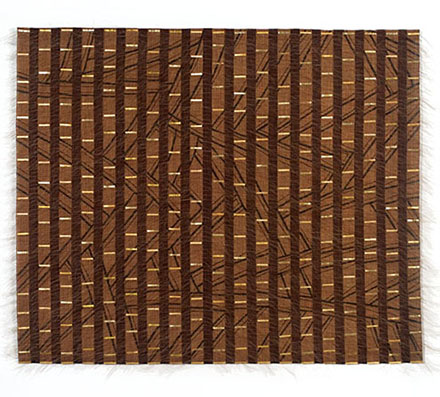
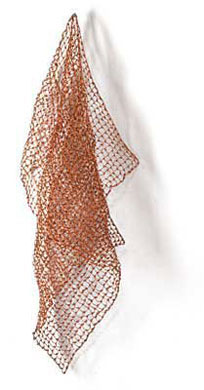
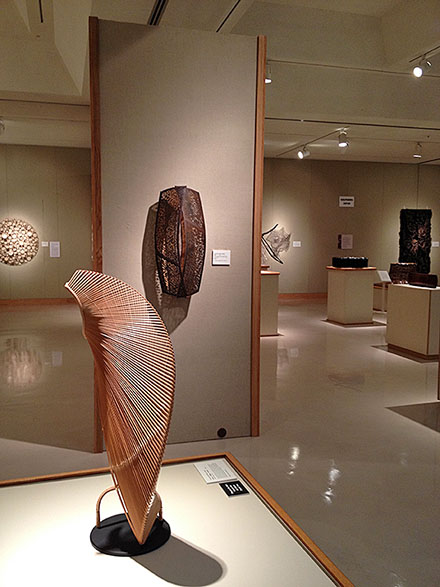
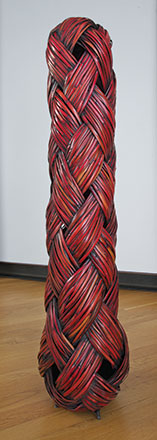
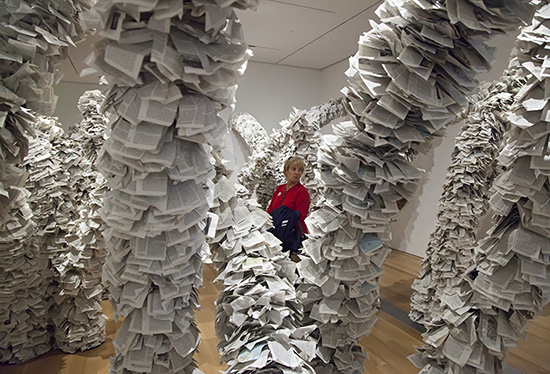

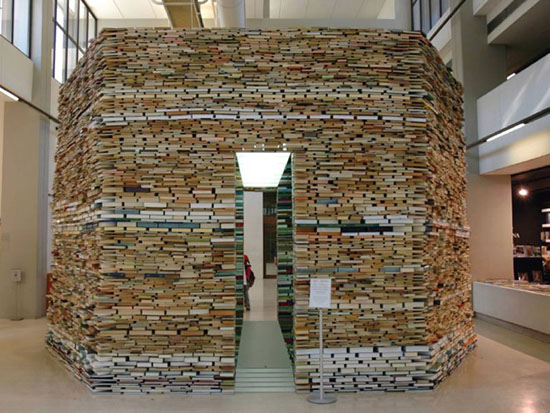
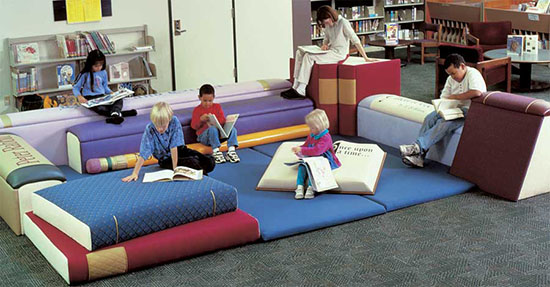
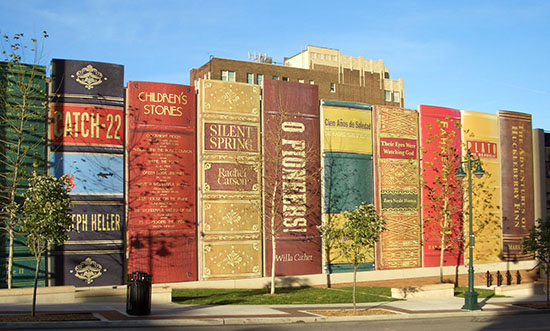

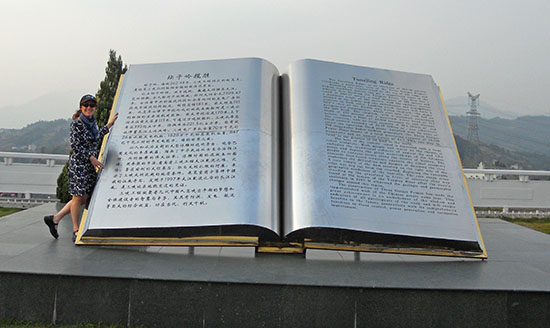

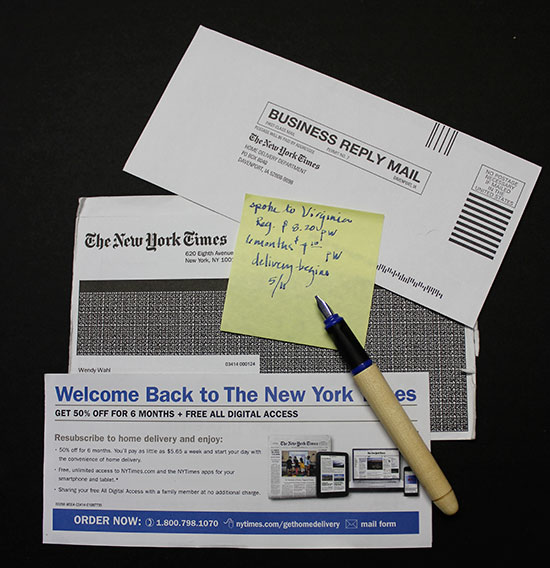
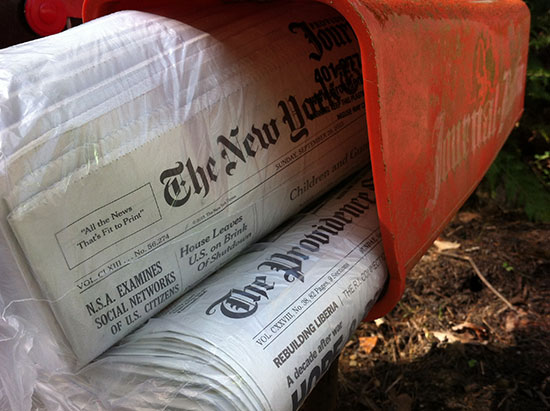
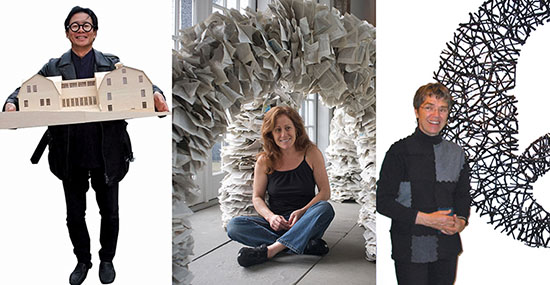

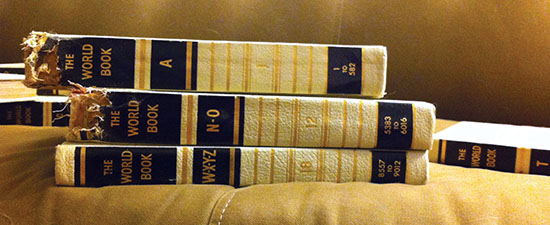
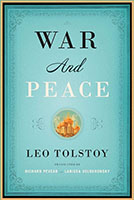

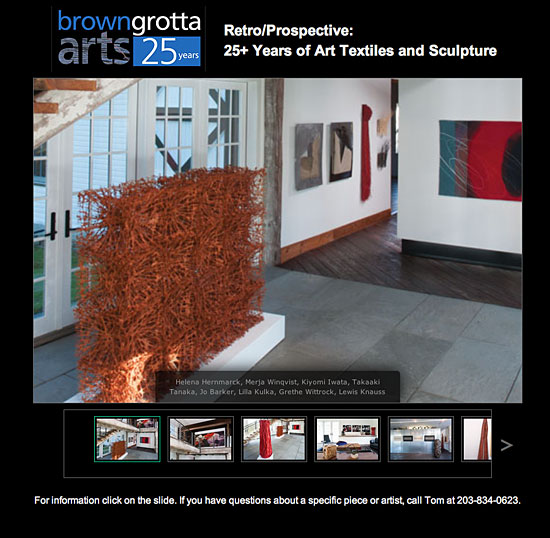



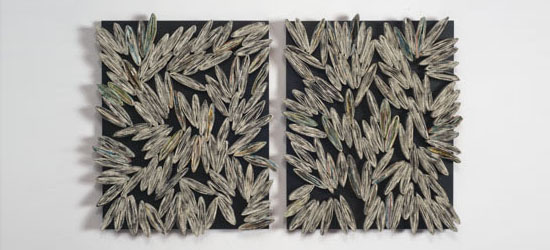
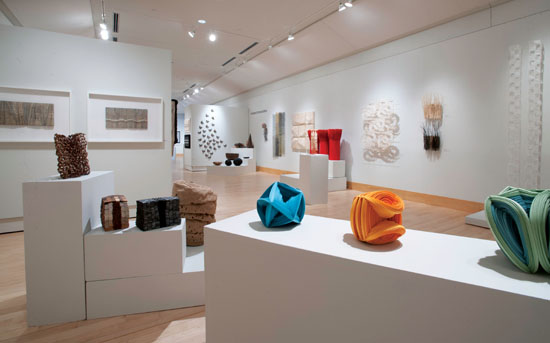



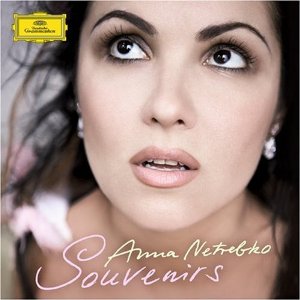
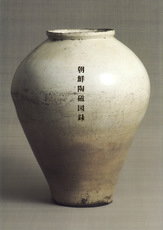
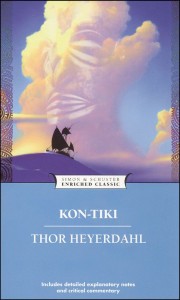
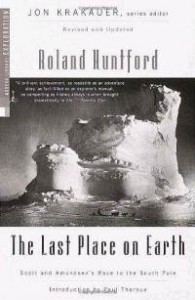
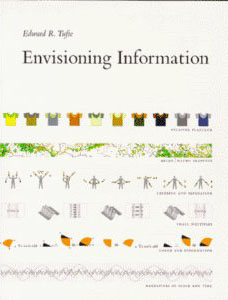


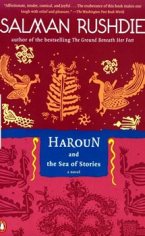
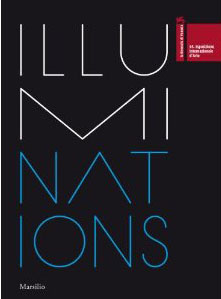

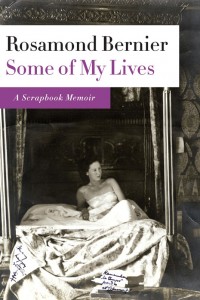

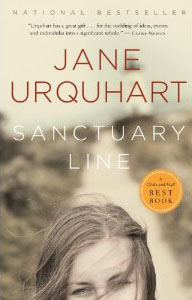
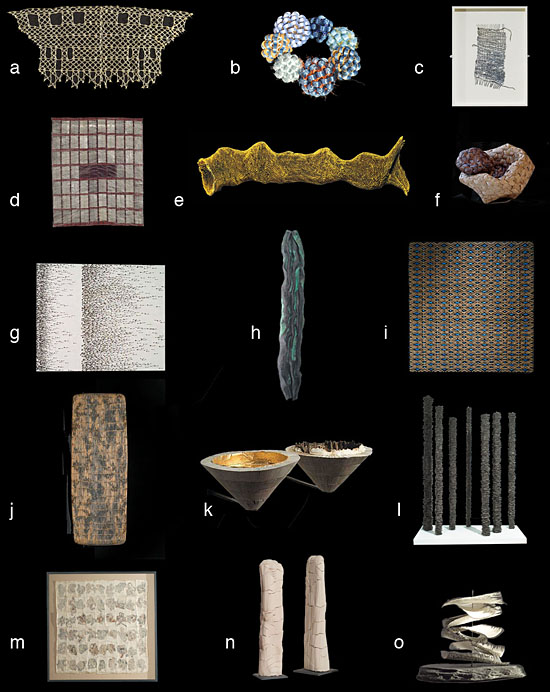
Some Observations: On Light and Air
Recently I visited the Los Angeles County Museum of Art specifically to spend time immersed in the imagination of James Turrell whose retrospective covers fifty years of work exploring light, sky, perception, color, shape and architecture. http://www.lacma.org/art/exhibition/james-turrell-retrospective. The meditative quality of this exhibition encourages the viewer to be a considered observer and allow what they see and perceive to be altered by their physical experience with the work. Ultimately the transformative and ephemeral qualities of light exist in the mind of each person. The artist gives us the opportunity to bathe our senses in illusion and reflection.
The next day on a non-stop eastbound flight traveling in the morning from Los Angeles to Boston I was seated on the north side of the airplane and could view the magnificent snow covered Rocky Mountains below rising from the earth with the suggestion of a world without grief.
photo by Wendy Wahl
In the minutes that followed I found myself focused on the carbon footprint that air travel leaves and thinking about the best way to balance my personal footprint. Knowing for the moment “I am where I am” my gaze returned to the framed light as we swiftly moved above the fruited plains. I watched until somewhere over the Great Lakes the image through the oval-edged window changed into another remarkable illuminated landscape.
photo by Wendy Wahl
As a commercial airline passenger for over four decades I have encountered a wide range of situations and had experiences that touch on almost every imaginable emotion. Each flight has a unique dimension heightened by the sounds, sights, smells and physical proximity of the other passengers in a tightly enclosed space. The curious activity of moving at fast speeds from one environment to another, around and about what has become a very small sphere in a short period of time, stimulates thought about place, perception and the possibility of portals. Having flown on Pan Am, Continental, Delta, American Airlines, United Airlines, Laker Airways, Peoples Express, Southwest, British Airways, Hawaiian Air, TWA, Qantas, Virgin Australia, Aero Mexico, China Air, Alitalia, Air India, Lufthansa, Air France, JetBlue and a number of puddle jumpers – I’m feeling that of all these, Virgin America has created an illusion of a different sort for air travelers through the use of color and light.
Wendy Wahl
March 2014